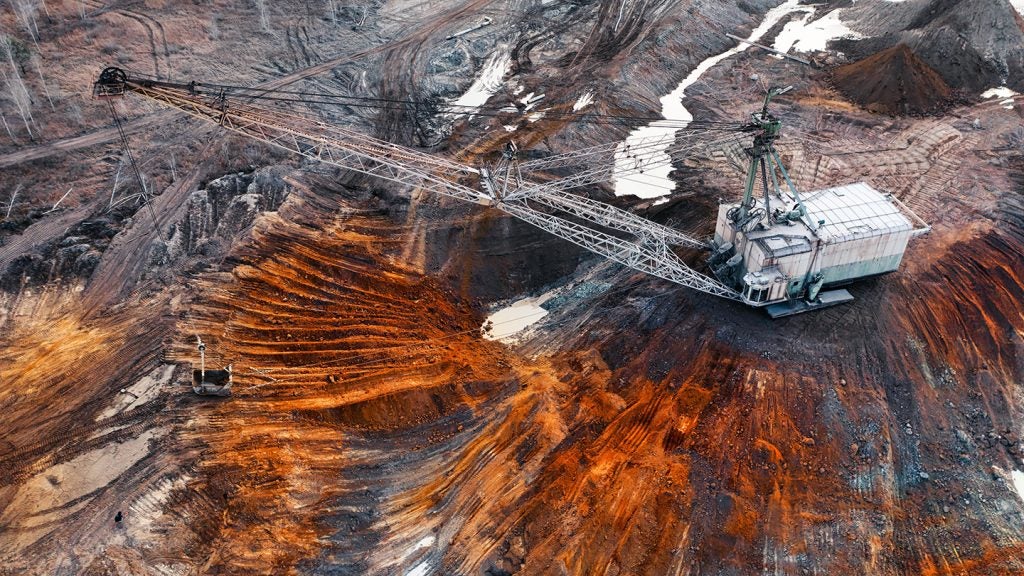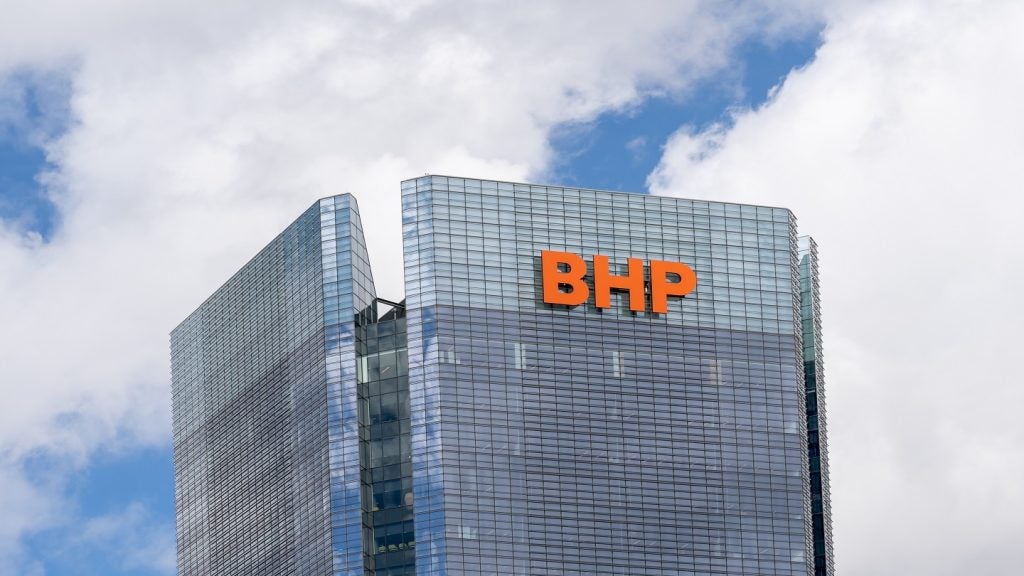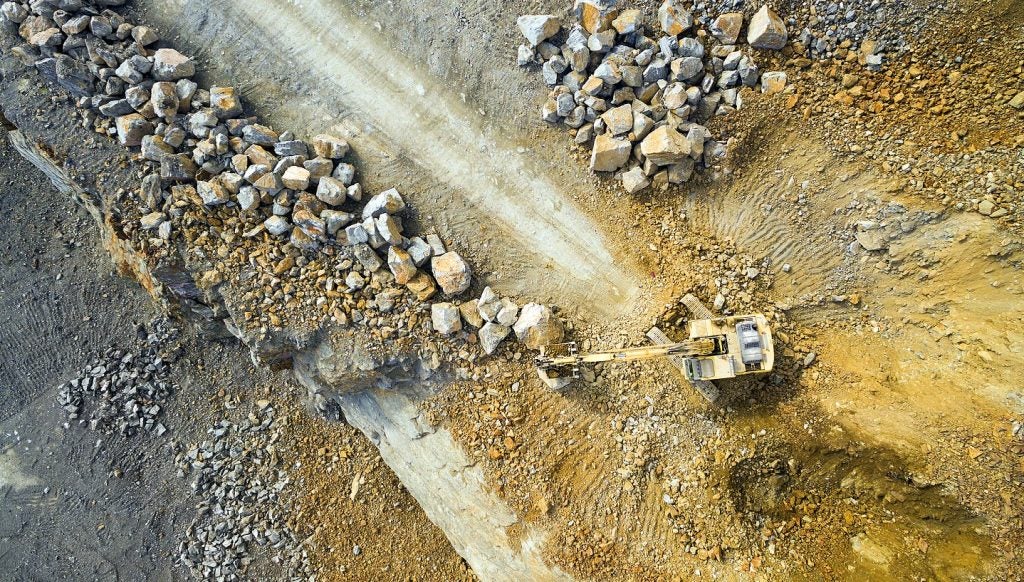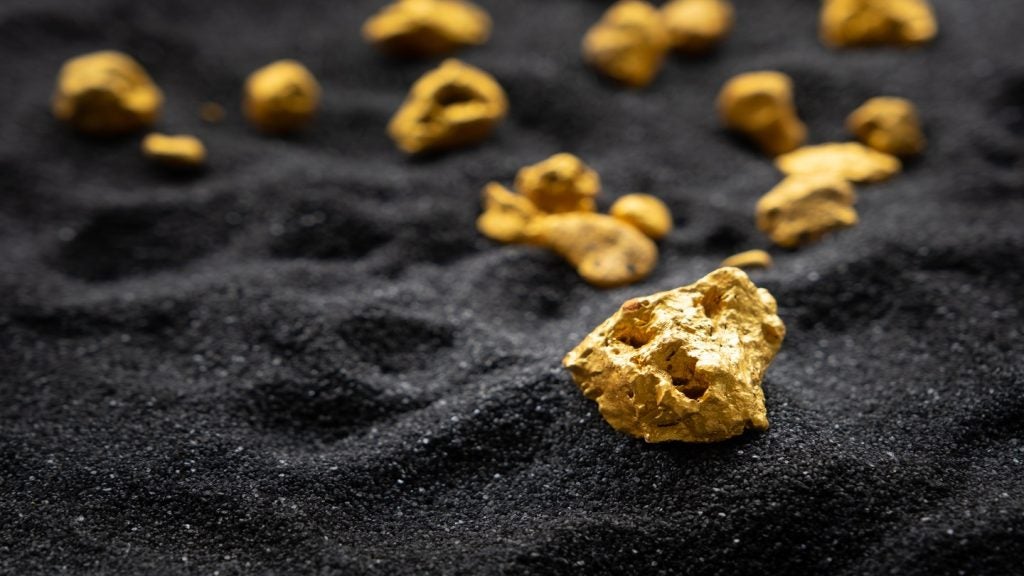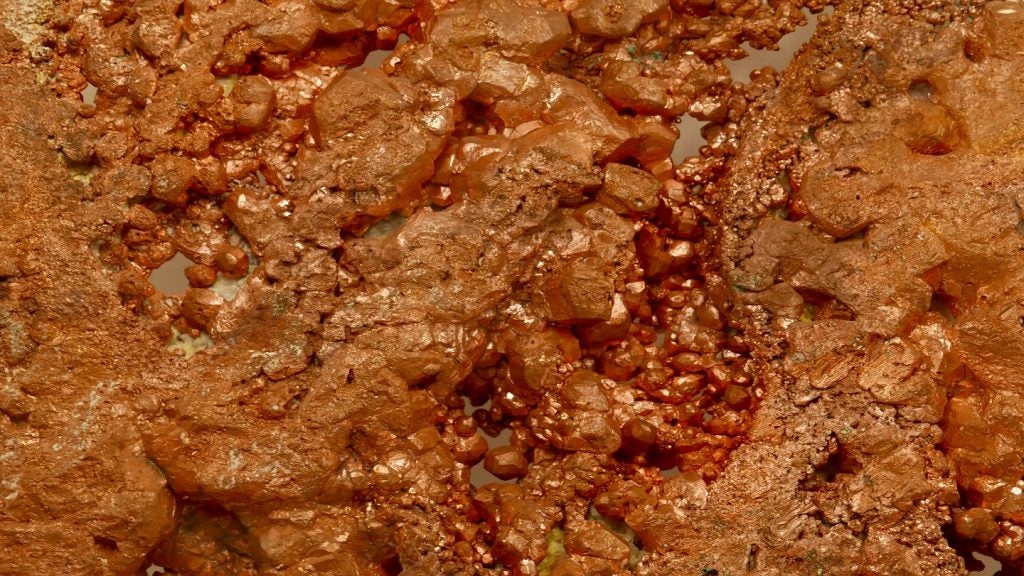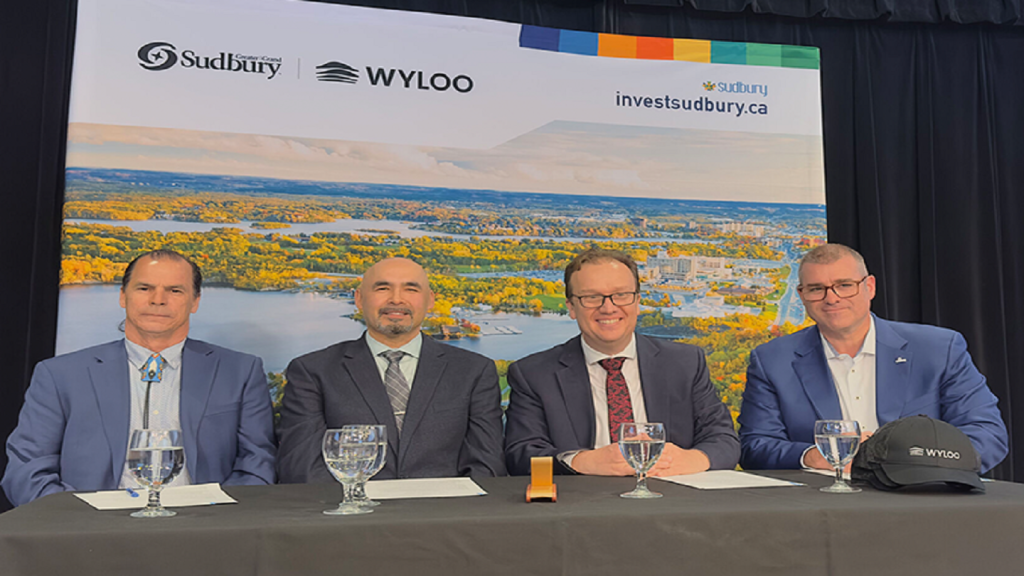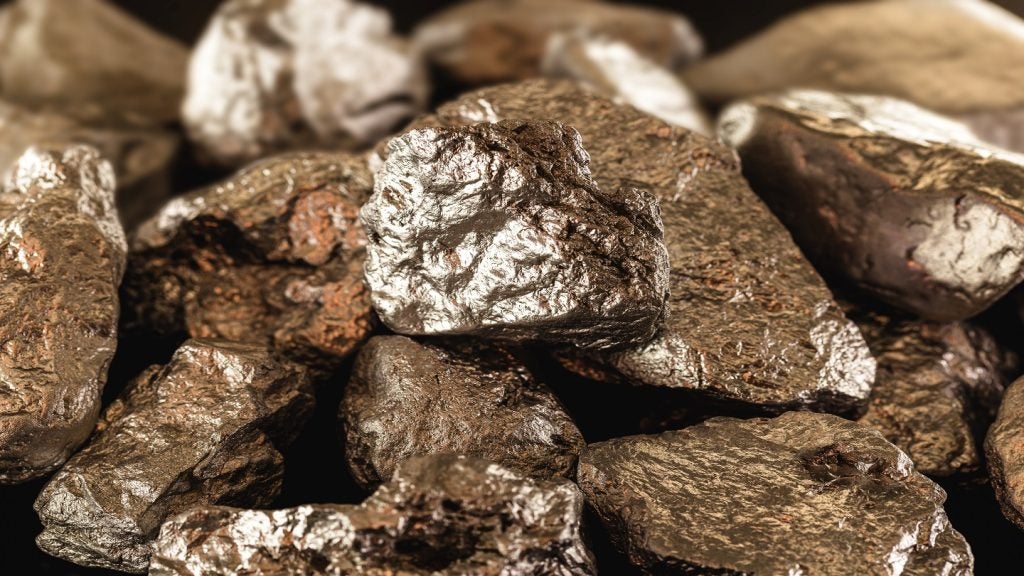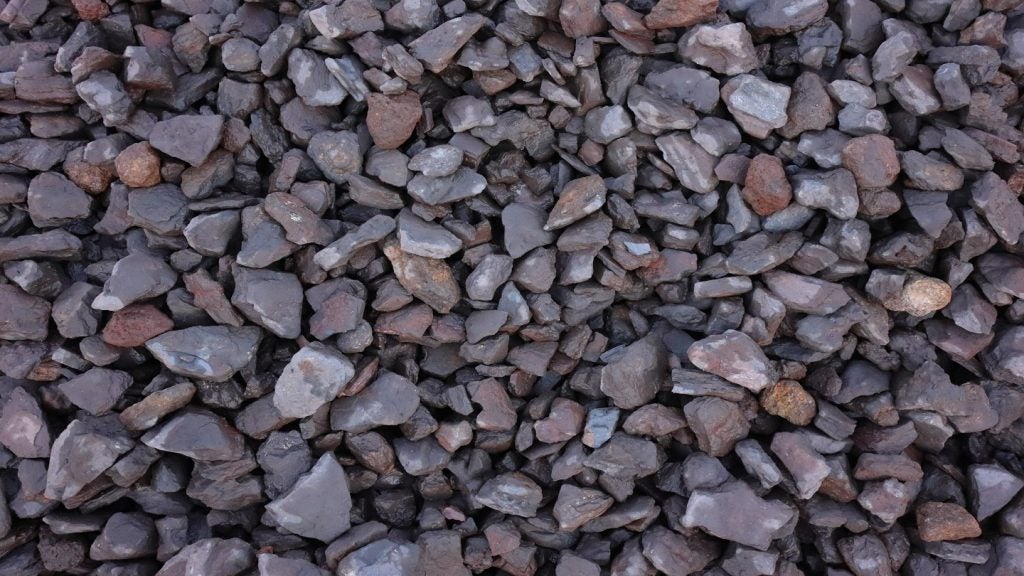Likened to oil in the 21st century, rare earth metals have long been pitched as game-changing materials for the global energy landscape. Mined for their magnetic properties, the 17 metals are used in everything from mobile phones to electric vehicle engines and wind turbines, and are a mainstay of clean energy technologies.
Despite their name, the materials are commonly found, with deposits across China, the US, Australia, Chile and India, to name a few. They are, however, often found in small deposits and the process of separating them is notoriously dirty – meaning resource-rich countries have so far been reluctant to set up processing plants, instead typically shipping ore to Asian nations for the separation process.
Over the years China has cornered the market, but now Western governments are pushing to shift away from this reliance and instead strengthen domestic supply chains. Australia is emerging as a main competitor to China’s dominance, with recent government funding signalling the nation’s focus on producing and processing more of its own rare earths.
Here we take a closer look at Australia’s rare earths sector, and whether it can compete with lower-cost producers to bolster its supply chain.
Rare earths investment in Australia
Australia has seen an increasing interest in rare earths, with the government’s recently released budget saying that over the next ten years, it will be investing A$556.1m ($367.88m) to “progressively map” Australia’s potential for critical minerals.
“Critical minerals are the 21st century’s oil barrels,” says Martina Raveni, associate analyst in earth sciences at Global Data. “Access to rare earth elements (REEs) is key to economic prosperity and national security.”
As part of this push, in February, the government announced an A$840m investment into Arafura’s Nolans rare earth project in the Northern Territory. The funds will be used to establish a rare earths mine and processing facility that could, ultimately, provide a hub for all rare earth ore produced domestically.
As Australia currently sends much of its rare earths to Malaysia and South Korea for processing, establishing its own separation site could be a game changer in terms of positioning the nation as a global supplier of clean energy technologies.
Speaking about the investment, the Minerals Council said the project could place Australia “at the forefront” of sustainable mining and processing of rare earths.
Building rare earth processing in Australia
“Typically, what the Australian mining sector does is dig stuff out of the ground, send it overseas for processing and then buy it back for a huge mark-up,” says Peter Junk, professor of chemistry at James Cook University.
“We don’t really have the manufacturing industry to support this development, but there is a new drive to set it up. This new A$840m investment may sound like a lot, but it is going to set up the manufacturing industry for quite some time.”
Indeed, it has never been a question of whether Australia has the resources to position itself on the global rare earths stage.
The A$840 million loan comes two years after another miner, Iluka, was given A$1.25bn to build a rare-earth refinery in Western Australia (WA). It also comes a year after Lynas, the world's biggest producer of rare earth metals outside China, received A$20m to develop a rare earths site at Mount Weld in WA.
Carl Spandler, a professor of Earth Sciences at the University of Adelaide, says Australia’s potential in the rare earths sector is “enormous”.
“Australia is one of the few countries outside of China with an active REE mining sector,” he adds. “The Mount Weld deposit alone accounts for approximately 5% of the world supply of REEs. Much of the continent is currently unexplored for REEs, partly because new ore deposit styles are just being recognised.”
Competition with China
According to the Institute for Energy Economics and Financial Analysis, China currently accounts for 70% and 85% of the world’s rare earth mining and processing capacities, respectively. However, the market has recently opened up, as a drop in Chinese demand for the materials caused prices to fall, with Lynas reporting a 74% fall in half-year profits in February.
The recent crash has incentivised Western governments to ramp up efforts to regain control of the market – a tempting opportunity, given the general belief that rare earths’ full potential remains untapped.
Junk believes that, with the latest injection of government funding, the future of Australia’s rare earths sector “looks rosy”.
“Australia has been able to get about 10–15% of the world's market in the last five years or so,” says Junk. “That is market share taken from China, because there are a lot of places in the world that would prefer to interact with countries like Australia. With this money that the Australian Government's injecting, these separation sites will be up and running in a year or two, and that has the potential to double output.”
What else can Australia do?
While it is not expected that Australia will ever be able to surpass China in terms of production, it is set to ramp up output enough to gain independence over its rare earths supply chain, and meet a significant portion of global demand.
“China has vast reserves, technical know-how, established processing to manufacturing chains and cheap labour, but Australia has an advantage of being a reliable and ‘ethically sourced’ supplier (to Western countries)," says Spandler.
“The latter will become more important as the mining industry continues to become more accountable and responsible for sharing wealth and opportunities created with stakeholders. Rather than competing directly, in some way Australia can offer a slightly different product.”
Similarly, Raveni says Australia “has what it takes” to compete with China, even though its rare earth industry is less developed, but government financing, regulatory support and international cooperation are essential.
Simply having the right reserves is “insufficient” for Australia to position itself on the global critical minerals stage, she adds, with continued investment into downstream processing capabilities a cornerstone of establishing it as a global supplier.
“While well-positioned from a critical minerals reserves standpoint, the Australian strategy is lagging in becoming a favoured supplier to the downstream global market,” Raveni says. “More investments need to be made in its processing and manufacturing capabilities.”
While Australia may never out-produce China, the future for its rare earths sector looks bright. With the recent investments set to spark renewed progress in the nation’s manufacturing, it will soon become clear whether its capabilities can meet its ambitions.


